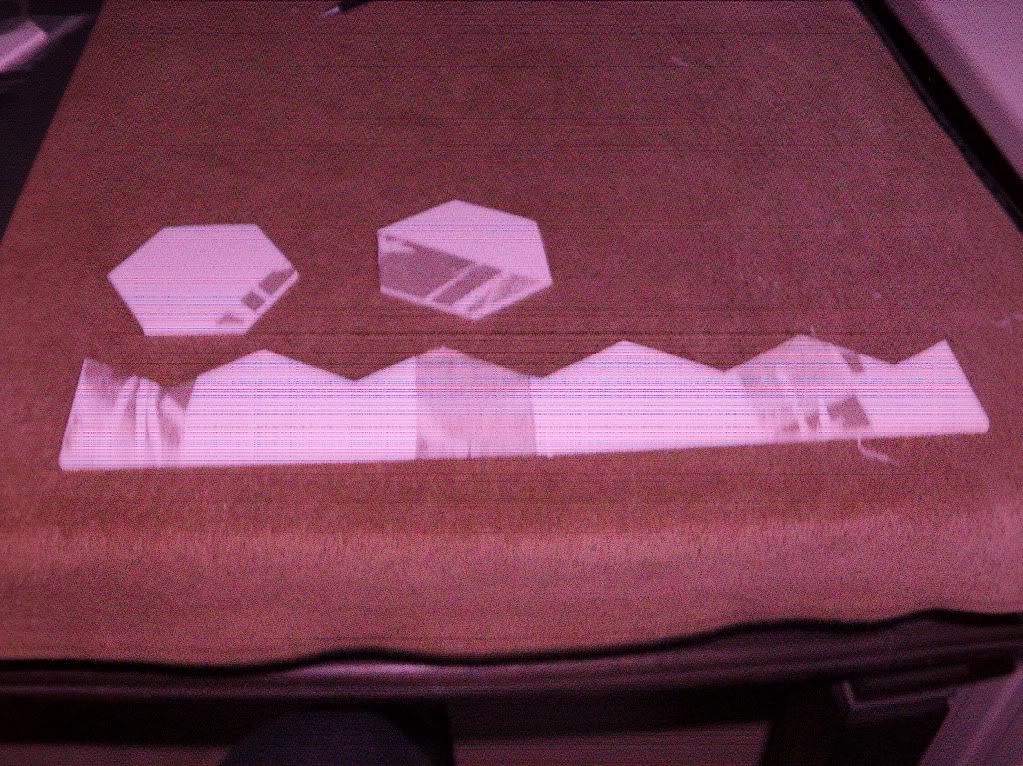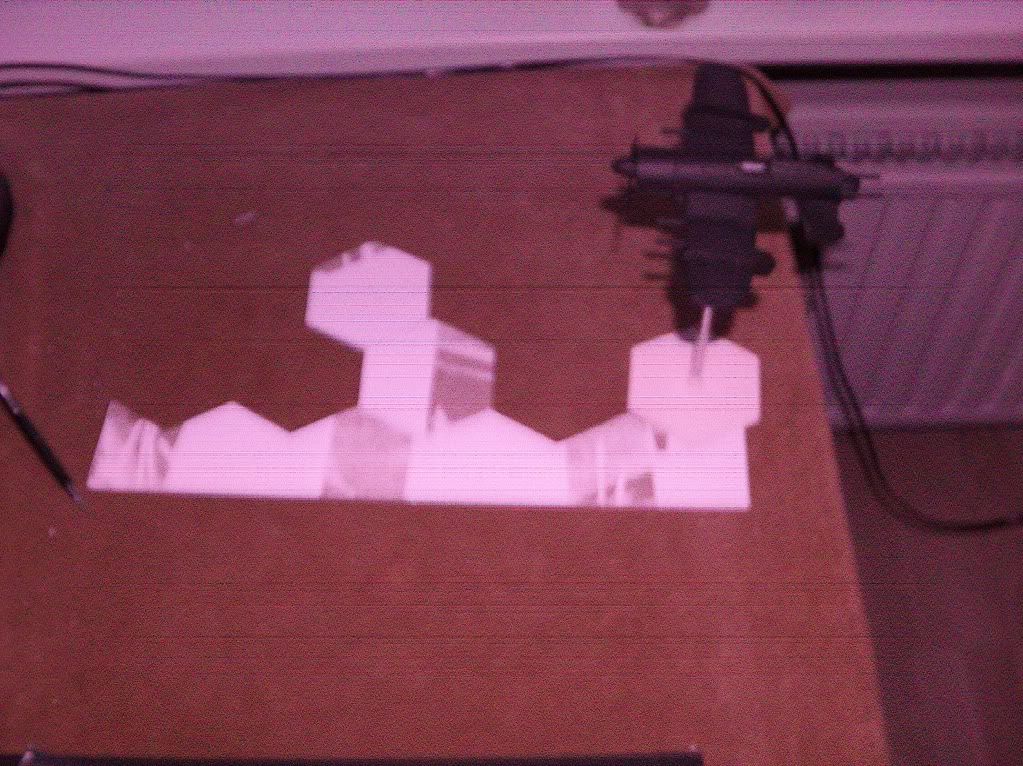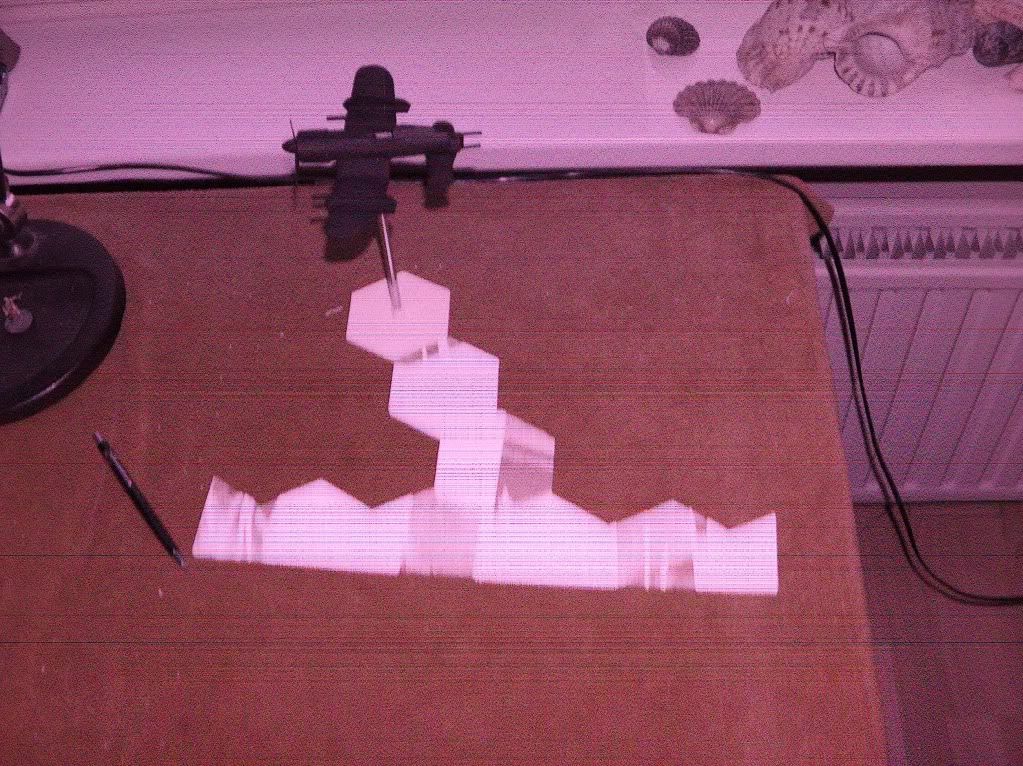I've collected my thoughts on this matter below:
The aircraft stands we will be using have telescoping sections. Seems a shame not to take advantage of that....
So, altitude rules are in order:
Climbing or diving:
Basically, when climbing or diving you exchange altitude levels and hexes of movement on a one-for-one basis: Use one hex of movement to climb a level. Dive a level, gain one "free" hex of movement. This extra "free" movement can allow you to move more hexes than your current/maximum speed.
Declare climbing or diving by adding +# or -# to your movement code in the plotting phase, # being the number of altitude levels you intend to go up or down.
Pushing it:
Climbing: You can safely climb a number of altitude levels equal to your max. acceleration (The reasoning behind this is that climbing speed is governed by engine power). You can Redline the engine to exceed your maximum climb. If you fail to Redline for climbing, you suffer the effects as normal. In addition, you will only climb one level of altitude. (Redlining for other reasons than climbing will not suffer this additional effect.)
Diving: You can safely dive a number of altitude levels equal to your max. G. (Seeing how a hard dive will stress your airframe...). You can Push the G's to exceed your maximum dive. If you fail to Push the G's for diving, you suffer the effects as normal. In addition, on a random movement roll result of 1-3 you will also drop one altitude level. (Pushing for other reasons than diving will not suffer this additional effect.)
Shooting:
Each level of altitude difference between you and your target counts as an additional hex of range. Turrets and ground emplacements halve this modifier (round down).
Tailing:
If the tailing number is equal or greater than 0 and less than 3, the target must reveal "ascending " or "descending" in addition to the other information he must give. (Note that both declaring "ascending" or "descending" allows for staying level...) If the Tailing number is 3 or more, the target pilot must also declare how many levels he will ascend or descend.
Then there is the matter of the gaming surface...
The logical choice would be a huge (and thus expensive or labour-intensive) hexmat. The hexes would need to be rather large (I'm guessing 5" or so) as well.
Gunbird suggested an alternative: plot by laying out the maneuvre in loose hexes, like the Wizkids games.
This reminded me of the extra bases for ground units that I had cut...and the board they came from:
Yes, crappy camera strikes again....
I could also use the offcuts as a sort of ruler!
A quick test proved that combining both the hexes and the "negative space ruler" allowed me to plot movement reasonably quickly and smoothly:
Start of move
End of move... (And yes, not a legal move, I know.)




Geen opmerkingen:
Een reactie posten